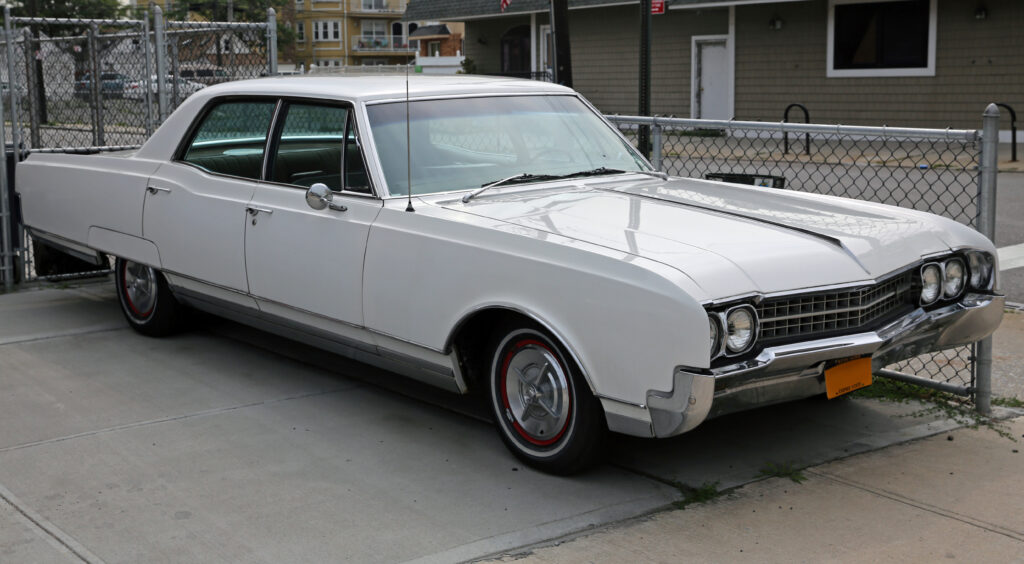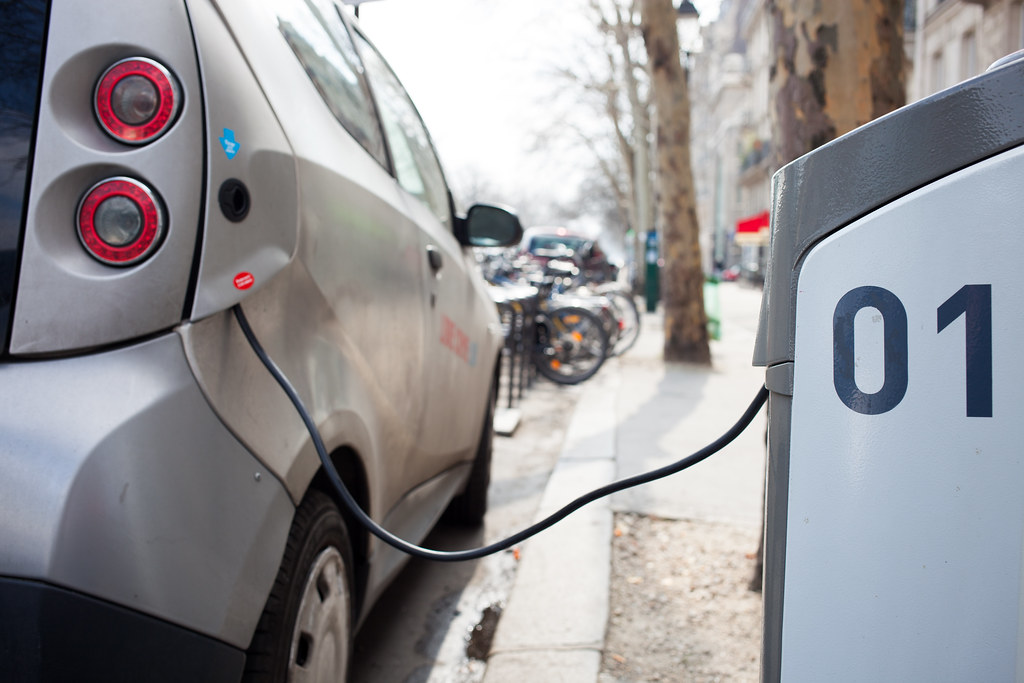
As electric vehicles (EVs) continue their remarkable ascent in the U.S. and globally, the conversation among drivers has expanded significantly beyond just vehicle range. Today, the quality, availability, and overall smoothness of public charging infrastructure are paramount, fundamentally shaping the EV ownership experience.
Indeed, the electric vehicle journey extends far beyond the confines of the vehicle itself. Charging infrastructure plays an absolutely vital role in nearly every aspect of EV use, from meticulous trip planning and daily charging convenience to the long-term cost of ownership and, critically, the broader adoption rates for new EV owners. No one wants to face inconsistent charging speeds, discover a broken charger when they desperately need a top-up, or encounter poorly placed stations that derail their travel plans.
Such frustrations are more than just minor annoyances; they can be significant deterrents, potentially dissuading prospective EV buyers from making the switch. That’s precisely why it is so critical for consumers to possess a clear, data-driven understanding of the strengths and weaknesses inherent in major charging providers and to identify which vehicles truly offer the fastest, most reliable charging performance. In this comprehensive report, we’ll delve into the networks and vehicles that define the smoothest charging experience, equipping you with the knowledge to navigate the electric highway with confidence.

1. **Tesla Supercharger Network: Setting the Benchmark**The Tesla Supercharger network has long been widely regarded as the industry’s gold standard, setting a high bar for reliability and integration. Historically exclusive to Tesla vehicles, this formidable network is now gradually expanding its embrace, opening up to non-Tesla EVs through innovative solutions like the Magic Dock and the NACS (North American Charging Standard) adapter system. This strategic evolution promises to extend its industry-leading advantages to a broader audience of electric vehicle drivers.
Among its most compelling advantages is its industry-leading reliability, a consistent point of praise from users. Tesla drivers benefit immensely from seamless integration with their vehicles, enabling a true ‘plug-and-charge’ experience that minimizes user interaction and maximizes convenience. Furthermore, the network boasts some of the fastest DC charging speeds available, with V3 Superchargers delivering up to 250 kW, ensuring rapid replenishment of battery power.
The strategic placement and widespread coverage of Supercharger locations are also a significant draw, making them exceptionally well-suited for long-distance travel. This meticulous planning ensures that drivers can embark on extended journeys with genuine confidence, knowing that reliable, high-speed charging options are consistently available along their routes. This combination of factors has contributed to an impressive user rating of 4.8/5, cementing its status as the top choice for Tesla drivers and an increasingly attractive option for non-Tesla EVs equipped with NACS access or adapters.
However, it’s important to acknowledge that access for non-Tesla EVs is still in its rollout phase, meaning universal compatibility is yet to be fully realized. The network’s proprietary connector format (NACS) also poses a temporary limitation until the full industry-wide adoption in 2025/2026. Despite these minor growing pains, the Supercharger network’s robust infrastructure, consistent performance, and integrated navigation planning unequivocally establish it as the benchmark for a truly smooth EV charging experience, influencing other networks to elevate their own service standards.
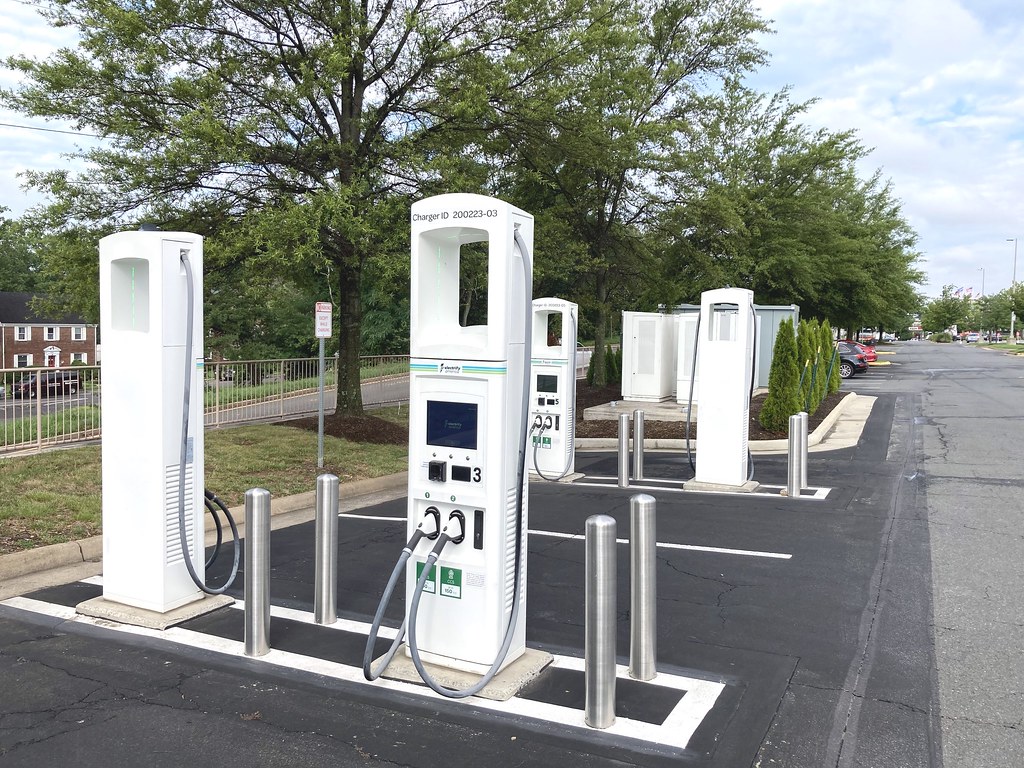
2. **Electrify America: Ultra-Fast Charging on the Rise**Born from Volkswagen’s dieselgate settlement, Electrify America has rapidly expanded its footprint across the U.S., establishing itself as a significant player in the ultra-fast charging landscape. The network has made a concerted effort to deploy high-power charging stations, becoming a crucial resource for non-Tesla EV owners seeking expedient recharges, particularly during longer journeys.
One of Electrify America’s primary strengths lies in its impressive power levels, offering DC fast chargers ranging from 150 kW to a blistering 350 kW. This capacity ensures that compatible vehicles can achieve very fast charging speeds, significantly reducing downtime. Crucially, the network provides CCS compatibility, catering to the vast majority of non-Tesla electric vehicles in the market, making it an accessible option for a wide array of drivers.
The growing number of locations nationwide further enhances its appeal, especially for those embarking on long trips where fast charging is essential. The user-friendly mobile app and the convenience of Plug&Charge functionality for select models contribute positively to the overall user experience, streamlining the charging process. These attributes make Electrify America a compelling choice for non-Tesla EV owners who frequently undertake inter-city travel, providing vital fast-charging opportunities along major highway corridors.
Nevertheless, the network is not without its challenges. Users in some regions have reported reliability issues, including charger downtime, which can be a source of frustration. Additionally, per-minute pricing can be higher compared to some competitors, and stations can experience crowding during peak hours, potentially leading to wait times. Despite these occasional hurdles, Electrify America holds a user rating of 4.2/5 and remains a vital and rapidly improving component of the national fast-charging infrastructure, essential for enhancing the smoothness of long-distance EV travel.
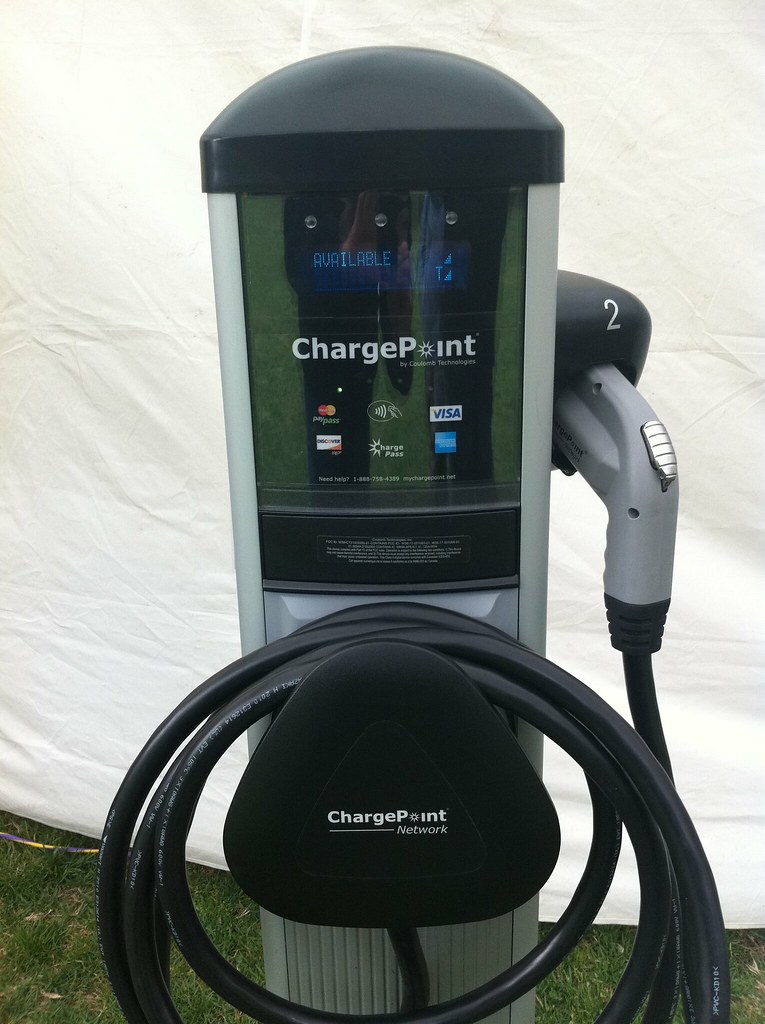
3. **ChargePoint: The Everyday Commuter’s Companion**ChargePoint stands out as one of the largest EV charging station networks in terms of sheer number of locations, particularly excelling in providing Level 2 charging solutions. While it is actively expanding its DC fast charging offerings, its foundational strength lies in its ubiquitous presence, especially at workplaces, commercial areas, and various daily destinations, making it an indispensable resource for urban and suburban commuters.
This network boasts a huge number of stations, providing unparalleled accessibility for routine charging needs. Its widespread compatibility with most electric vehicles means that a broad spectrum of EV owners can utilize its services without concern for connector types. The ChargePoint user-friendly app is highly regarded for its real-time availability features, allowing drivers to locate operational chargers and monitor their charging sessions efficiently, which is a key aspect of a smooth daily charging routine.
Furthermore, ChargePoint is widely supported by fleet and enterprise charging solutions, underscoring its reliability and scalability for organizational use. For daily commuters and urban EV drivers primarily needing Level 2 access, ChargePoint often serves as the ideal choice, seamlessly integrating charging opportunities into their daily routines—whether at work, shopping centers, or other regular stops. This density makes it a convenient ‘fill-in-the-gaps’ solution for localized charging needs.
However, a significant proportion of its chargers are Level 2, meaning they offer slower charging speeds compared to DC fast charging. This is less ideal for quick top-ups on long journeys. The ownership model, where many chargers are owned by third parties, can also lead to inconsistent performance and maintenance standards across the network. Some stations may also require paid parking or membership access, adding layers of complexity to the user experience. Despite these variables, with a user rating of 4.0/5, ChargePoint remains a critical network for convenient daily charging, particularly where speed is not the absolute top priority.

4. **EVgo: Navigating Urban Fast Charging**EVgo has carved a distinct niche for itself by specializing in DC fast charging stations, primarily focusing its deployments in urban areas. Through strategic partnerships with major retailers and prominent automakers such as GM and Nissan, EVgo has been able to significantly expand its reach and tailor its services to meet specific urban driving and charging requirements, contributing to a smoother experience for city dwellers.
One of EVgo’s key advantages is its good urban coverage, making it a reliable option for drivers who need quick top-ups within city limits. These strategically located stations are designed to facilitate convenient fast charging during errands, short stops, or while attending appointments. The network’s partnerships with leading automakers further enhance its appeal, often offering specific perks or seamless integration for owners of those brands, thereby enriching their charging journey.
EVgo stations are equipped with high-power chargers, many capable of delivering up to 350 kW, ensuring that vehicles can charge rapidly when connected. The support for Plug&Charge functionality also streamlines the charging process, allowing for automatic authentication and payment, which minimizes friction and improves overall convenience for the user. These features collectively aim to provide an efficient and hassle-free charging experience in busy urban environments.
Despite these strengths, EVgo’s overall network coverage is still smaller than that of giants like Tesla and Electrify America, potentially limiting options in more rural or less densely populated areas. Additionally, some older stations within its network may offer slower charge speeds, and app reliability can vary depending on the region, which could intermittently impact the smoothness of the user experience. With a user rating of 3.9/5, EVgo remains a strong contender for urban fast charging and a valuable asset for those seeking automaker-specific benefits.
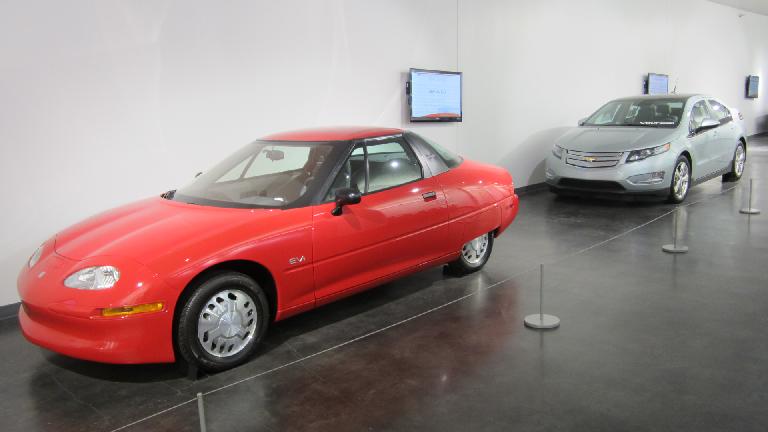
5. **The Fastest EV to Charge: Chevy Silverado EV RST**In the burgeoning market for electric trucks, the 2024 Chevy Silverado EV RST distinguishes itself not merely as a visually appealing vehicle with substantial utility, but as a groundbreaking performer in the realm of charging speed. Our standardized tests reveal that this electric truck sets an impressive benchmark for rapid energy replenishment, challenging previous perceptions of large EV charging capabilities.
During rigorous testing, the Silverado EV RST achieved an astounding average charging rate of 198 kW, with a remarkable peak charging rate of 315 kW. These figures are particularly impressive for a vehicle of its size and battery capacity. This high power acceptance translates directly into practical, real-world benefits for drivers, enabling swift recharges that significantly reduce downtime on the road.
For instance, the Silverado EV RST can add 50 miles of range in just 9 minutes, 100 miles in 17 minutes, and an impressive 150 miles in only 25 minutes. This rapid range accumulation means drivers can quickly gain substantial mileage during short stops, making the truck exceptionally practical for long-haul utility and extended trips. The total charging time from 10% to 90% state of charge was recorded at 58 minutes, a highly competitive figure for an electric truck with its capabilities.
This outstanding charging performance is largely attributed to its advanced Ultium platform, which is engineered to support exceptionally high charging rates, with promises of up to 350 kW in ideal conditions. The Silverado EV RST’s ability to so quickly replenish its substantial battery fundamentally transforms the perception of EV truck usability, offering a truly smooth and efficient experience that minimizes range anxiety and maximizes operational uptime for owners.
Car Model Information: 2024 Ford F-150 XLT
Name: Chevrolet Silverado EV
Manufacturer: General Motors
Production: May 2023–present
ModelYears: 2024–present
Assembly: Detroit, Michigan
Aka: GMC Sierra EV
Designer: Raphael Molina, Jacky Zhan
Class: Pickup_truck#Full-size_pickup_truck
BodyStyle: pickup truck
Layout: unbulleted list
Platform: General Motors BT1 platform
Related: GMC Hummer EV,Cadillac Escalade
Motor: Permanent magnet motor,all-wheel-drive
Battery: Ultium,Lithium-ion battery
ElectricRange: 493 mi
Abbr: on
Charging: Vehicle-to-grid
Wheelbase: 145.7 in
Length: 233.1 in
Width: convert
Height: convert
Weight: convert
Powerout: convert
Sp: us
Drivetrain: Series_and_parallel_circuits#Series_circuits
Categories: All-wheel-drive vehicles, All Wikipedia articles written in American English, Articles with short description, Cars introduced in 2022, Chevrolet trucks
Summary: The Chevrolet Silverado EV is a battery electric full-size pickup truck manufactured by General Motors under the Chevrolet brand. Introduced in January 2022, the Silverado EV went on sale in 2023 for the 2024 model year in the North American market.
Despite using the Silverado nameplate, the vehicle does not share its underpinnings with the ICE-powered Silverado, as it is built on a narrower version of the dedicated electric platform used by the GMC Hummer EV. The Silverado EV is the first Chevrolet-branded electric pickup truck since the experimental S-10 EV and VIA VTRUX.
The GMC counterpart, the GMC Sierra EV, was introduced in October 2022 with a restyled exterior and interior design.
Get more information about: Chevrolet Silverado EV
Buying a high-performing used car >>>
Brand: Chevy Model: Silverado EV RST
Price: $41,604 Mileage: 9,645 mi.
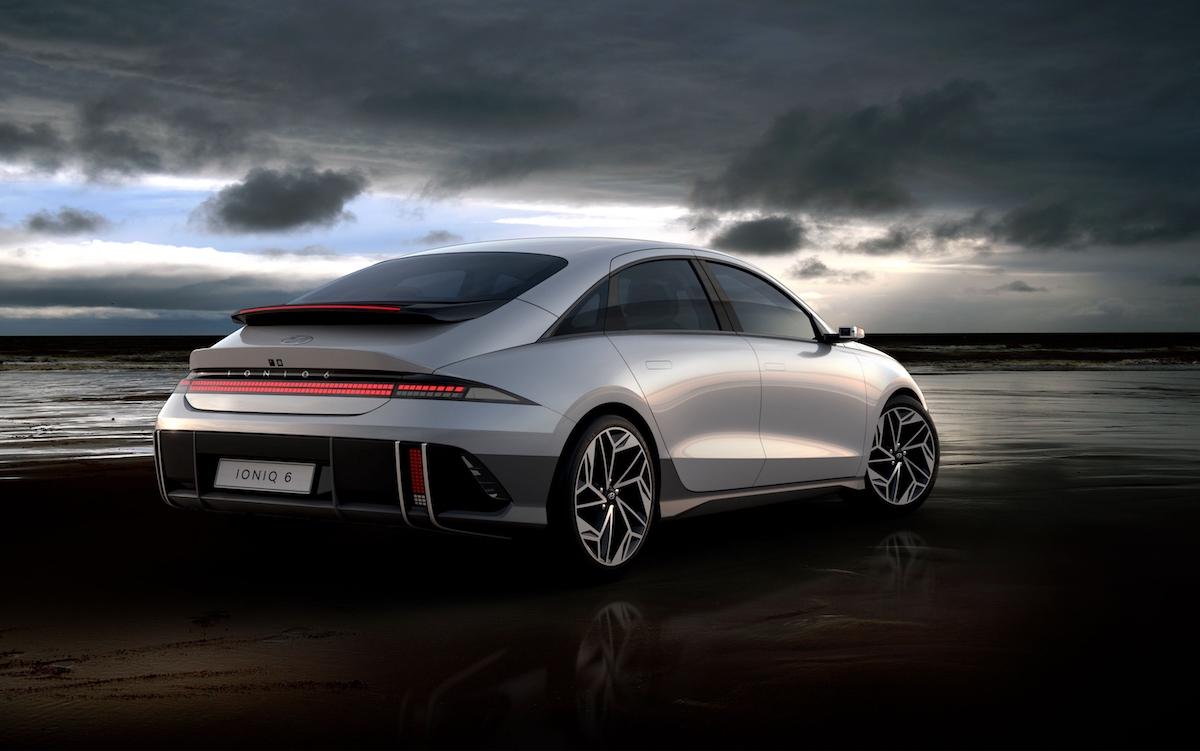
6. **Hyundai Ioniq 6 & Kia EV6: 800V Architecture Pacesetters**Leading the charge in advanced battery technology are the Hyundai Ioniq 6 and Kia EV6, both leveraging a next-generation 800V architecture that consistently delivers some of the fastest charging speeds in the entire electric vehicle industry. These models exemplify how cutting-edge engineering translates directly into a superior and exceptionally smooth charging experience for consumers.
The 2023 Hyundai Ioniq 6 Long Range SE, with its sleek design and aerodynamic shape, performed remarkably in charging tests. It achieved an average charging rate of 153 kW, peaking at 243 kW, enabling it to charge from 10% to 90% in a mere 27 minutes. More importantly for drivers, it can add 50 miles of range in just 6 minutes, 100 miles in 10 minutes, and 150 miles in an impressive 14 minutes, making it a standout for rapid travel.
Similarly, the 2022 Kia EV6 GT, a vehicle that shares its core platform with the Ioniq 5, demonstrated equally commendable performance. It sustained an average charging rate of 152 kW, with a peak of 232 kW, completing a 10-90% charge in a swift 26 minutes. Drivers can expect to add 50 miles of range in 7 minutes, 100 miles in 14 minutes, and 150 miles in 25 minutes, showcasing its robust charging capabilities.
What truly sets these vehicles apart is their 800V platform’s ability to maintain high charging rates throughout a significant portion of the charging cycle, as opposed to brief peak bursts. This consistent power delivery translates into regaining well over 200 miles of range in less than 20 minutes for both models. This consistent, rapid replenishment of battery power during road trips offers an incredibly seamless and practical experience, minimizing downtime and maximizing the enjoyment of electric travel, firmly establishing them as pacesetters in efficient EV charging.
Car Model Information: 2024 Ford F-150 XLT
Name: Hyundai Ioniq 6
ModelCode: CE
Manufacturer: Hyundai Motor Company
Production: July 2022 – present
ModelYears: 2023–present (North America)
Assembly: unbulleted list
Designer: SangYup Lee
Class: Mid-size car
BodyStyle: fastback,Sedan (automobile)
Layout: unbulleted list
Platform: Hyundai E-GMP
Related: unbulleted list
Motor: Permanent magnet synchronous motor
Battery: Lithium nickel manganese cobalt oxides
ElectricRange: Worldwide Harmonised Light Vehicles Test Procedure
Charging: unbulleted list
Wheelbase: 2950 mm
Abbr: on
Length: 4855 mm
Width: 1880 mm
Height: 1495 mm
Weight: convert
Categories: All Wikipedia articles written in British English with Oxford spelling, All articles lacking reliable references, Articles containing Korean-language text, Articles lacking reliable references from December 2024, Articles with short description
Summary: The Hyundai Ioniq 6 (Korean: 현대 아이오닉 6) is a battery electric mid-size fastback sedan produced by Hyundai Motor Company. It is the second vehicle marketed under the electric car-focused Ioniq sub-brand after the Ioniq 5, and the fourth model developed on the Hyundai Electric Global Modular Platform (E-GMP). The vehicle was first sold in South Korea in late 2022, with deliveries in the United States beginning in March 2023.
Get more information about: Hyundai Ioniq 6
Buying a high-performing used car >>>
Brand: Hyundai Model: Ioniq 6
Price: $41,604 Mileage: 9,645 mi.
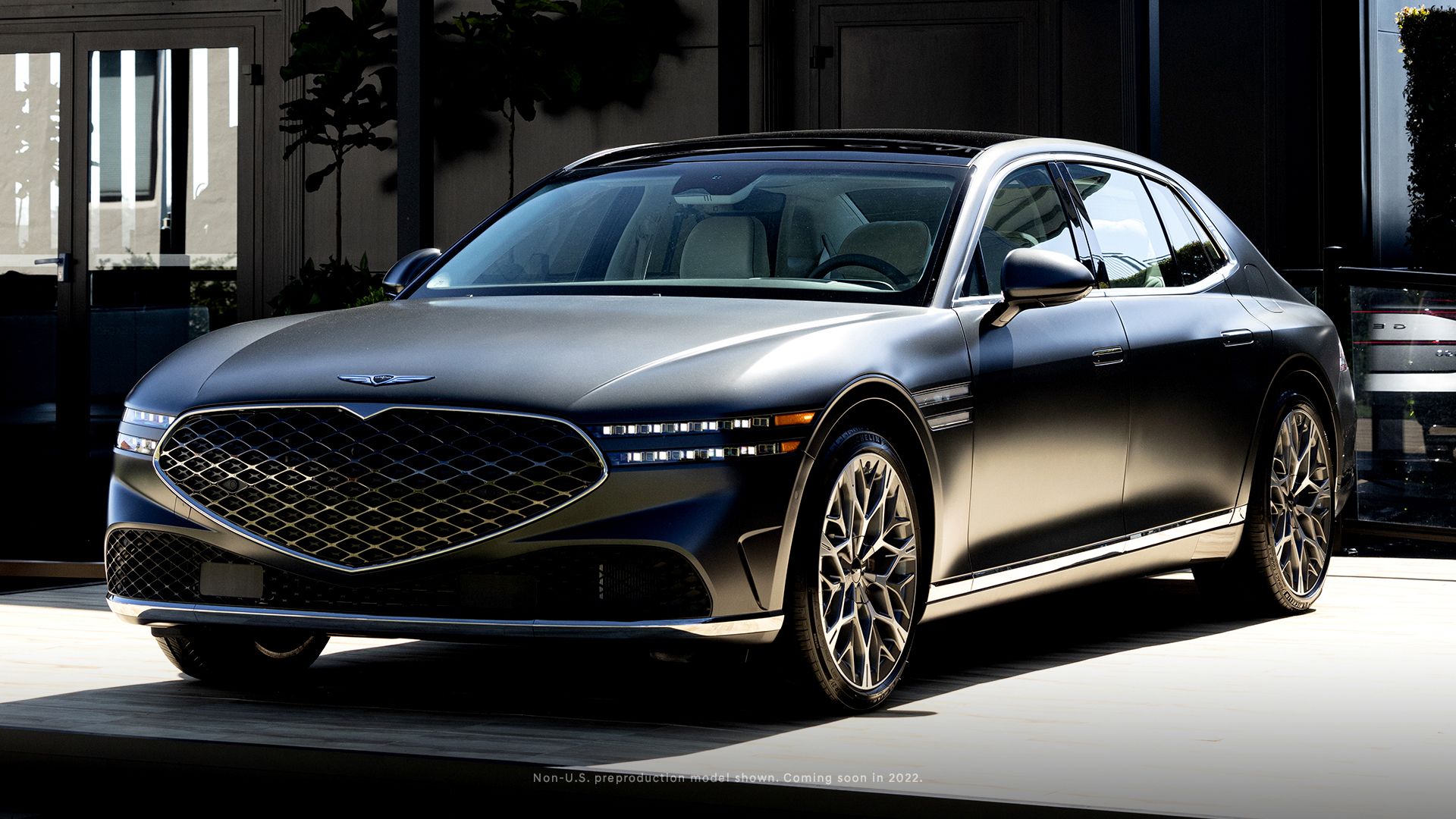
7. **The Genesis GV70 Electrified and Hyundai Ioniq 5: More 800V Champions**Building on the formidable performance of the Hyundai Ioniq 6 and Kia EV6, two more vehicles from the same corporate family continue to impress with their advanced 800V architecture and subsequent rapid charging capabilities: the 2023 Genesis GV70 Electrified and the 2023 Hyundai Ioniq 5 AWD. These models further demonstrate how cutting-edge battery technology translates into a superior and remarkably smooth charging experience, solidifying the Hyundai Group’s reputation for charging prowess.
The 2023 Genesis GV70 Electrified, a luxury SUV, showcases exceptional efficiency, completing a 10% to 90% charge in a swift 24 minutes thanks to its compact 77 kWh battery. During our rigorous testing, it achieved an impressive average charging rate of 166 kW, with a peak charging rate recorded at 239 kW. This allows drivers to gain substantial range very quickly, adding 50 miles in just 7 minutes, 100 miles in 13 minutes, and 150 miles in a mere 23 minutes, making it a highly practical choice for dynamic lifestyles.
Similarly, the 2023 Hyundai Ioniq 5 AWD, a vehicle that shares much of its underlying platform with the EV6, performed commendably in our long-term tests. It sustained an average charging rate of 152 kW, peaking at 235 kW, enabling a 10-90% charge completion in only 26 minutes. For daily use and road trips, this translates to adding 50 miles of range in 7 minutes, 100 miles in 13 minutes, and 150 miles in 20 minutes, offering a truly seamless on-the-go experience.
These vehicles, like their Ioniq 6 and EV6 siblings, benefit immensely from their 800V platform. This advanced architecture isn’t just about achieving high peak charging rates; it’s about the ability to sustain those high rates for a significant portion of the charging cycle. This consistent power delivery ensures that drivers spend less time waiting and more time driving, fundamentally enhancing the practicality and convenience of electric vehicle ownership, especially for those embarking on longer journeys.
Car Model Information: 2024 Ford F-150 XLT
Name: Genesis GV70
ModelCode: JK1
Caption: 2021 Genesis GV70 Sport
Manufacturer: Genesis Motor
Production: 2020–present
ModelYears: 2022–present
Assembly: Ulsan
Designer: Ki-Euk Kim (exterior)
Class: Compact executive car,crossover SUV
BodyStyle: Sport utility vehicle
Layout: unbulleted list
Platform: Hyundai-Kia M platforms
Engine: unbulleted list
Motor: Synchronous motor#Permanent-magnet
Powerout: unbulleted list
Transmission: Automatic transmission
Battery: Lithium-ion battery
Wheelbase: 2875 mm
Abbr: on
Length: 4715 mm
Width: 1910 mm
Height: 1630 mm
Weight: unbulleted list
Charging: Vehicle-to-grid
Sp: uk
Categories: All-wheel-drive vehicles, Articles containing Korean-language text, Articles with short description, CS1 Korean-language sources (ko), Cars introduced in 2020
Summary: The Genesis GV70 (Korean: 제네시스 GV70) is a compact luxury D-segment crossover SUV manufactured by Korean luxury automaker Genesis, a luxury vehicle division of Hyundai. Internally codenamed JK1, it is the second SUV model from the brand after the mid-size GV80.
Get more information about: Genesis GV70
Buying a high-performing used car >>>
Brand: Genesis Model: GV70 Electrified
Price: $41,604 Mileage: 9,645 mi.
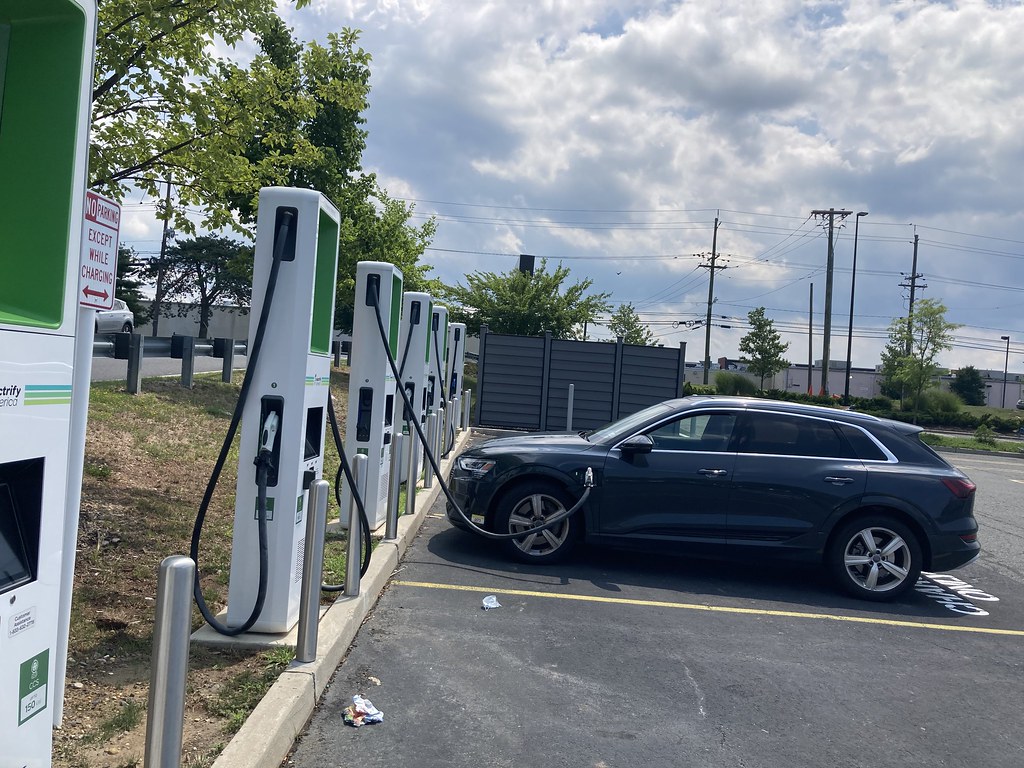
8. **Understanding the Metrics: Peak vs. Average Charging Power and Range Added**Navigating the claims made by automakers regarding EV charging can often be confusing, making it crucial for consumers to understand the underlying metrics that truly define a smooth charging experience. Beyond vague percentages, practical measures like “miles per charging hour” offer a more tangible gauge of an EV’s charging efficiency, providing direct insight into how many miles an electric vehicle can potentially cover for every hour it’s plugged in.
One commonly cited figure is “peak charging power,” which refers to the maximum rate an electric vehicle can accept charge from a DC fast-charging station. Expressed in kilowatts (kW), this value is dictated by both the vehicle’s battery management system and the station’s capabilities. While a higher peak suggests faster potential recharging, it’s vital to recognize that vehicles often hit these peaks briefly before the charging rate tapers off. For our tests, peak power is measured within the 10% to 80% state of charge (SoC) window.
In contrast, “average charging power” provides a more holistic and often more practical understanding of a vehicle’s charging performance. Also measured within the 10% to 80% SoC window, this metric calculates the average power delivered throughout the entire session, from start to finish. Vehicles that can maintain a higher average power level over a longer period typically offer a more consistent and thus smoother charging experience in real-world scenarios, regaining substantial range more reliably.
The Edmunds EV Range Test and its associated “Edmunds tested consumption” offer an apples-to-apples comparison by standardizing the testing environment. This real-world test measures not just total charge time but, more usefully, how many miles of range an EV can add after specific intervals like 15, 30, 45, and 60 minutes of charging. This method directly addresses the driver’s need to know how much distance they can regain during a typical roadside stop.
The 10% to 80% charging window is specifically chosen by Edmunds and P3 for its relevance to both efficiency and battery longevity. Beginning at a low 10% SoC allows the battery pack to accept a large flow of energy, as charging rates are typically highest when the battery is significantly depleted. Stopping at 80% SoC is recommended because charging power for most vehicles slows considerably beyond this point, and it helps to preserve the battery’s overall lifespan and long-term performance, making it a pragmatic point to unplug and free up the station.
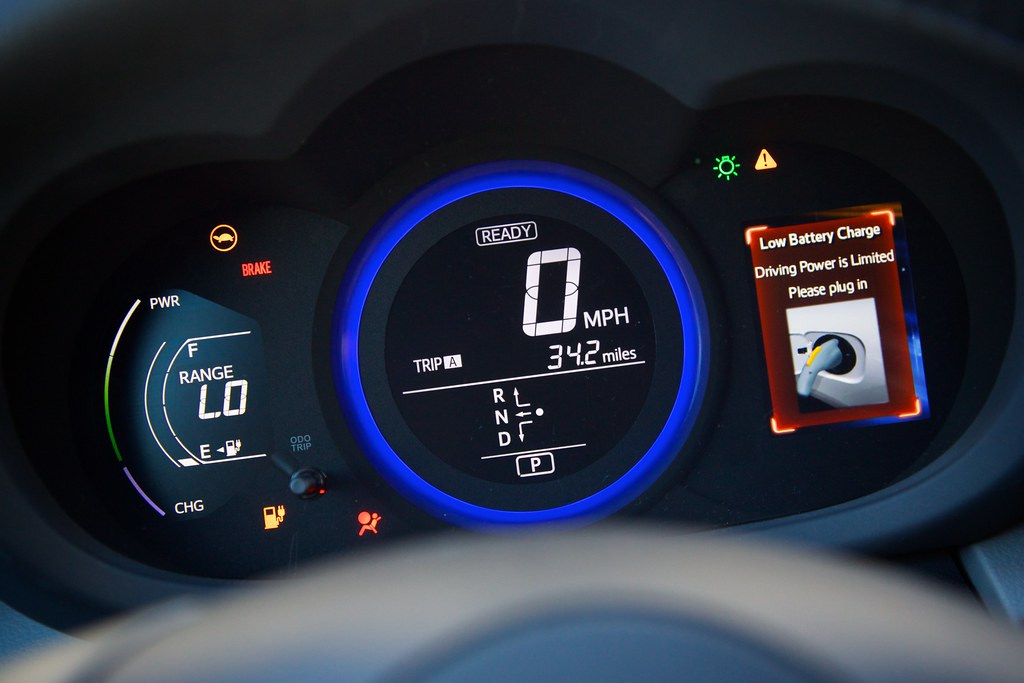
9. **The Reality of Charging Losses: What You’re Really Paying For**When an electric vehicle is plugged in, it’s natural to assume that all the electricity drawn from the grid directly translates into energy stored in the battery. However, a crucial but often overlooked aspect of EV charging is “charging losses.” This phenomenon refers to the energy that is inevitably lost during the charging process, meaning you’re paying for more electricity than what actually makes it into your car’s battery.
To help grasp this concept, consider it akin to using a leaky gas pump at a traditional fuel station. As you pump fuel, some inevitably spills out onto the ground, never reaching your tank, yet you’re still charged for it. In the context of EVs, these losses can be attributed to several factors, including heat generation within the charging equipment and the vehicle’s battery, the inherent efficiency of the charger itself, and the complex processes managed by the car’s battery management system.
Edmunds employs a precise methodology to measure these charging losses, providing consumers with transparent data. This is achieved by comparing the amount of energy used to charge a vehicle from 10% to 80% against what would represent 70% (80% minus 10%) of the vehicle’s total net usable battery capacity. For instance, if a battery has a net capacity of 100 kWh, 70% would be 70 kWh. If Edmunds measures that it took 80 kWh to charge from 10% to 80%, then the charging losses would be calculated at 11.3%.
Understanding charging losses is vital because they directly impact the true cost of ownership and the effective charging speed. Higher charging losses mean you’re paying more for each mile of range, and the actual rate at which usable energy enters your battery is slower than the raw power drawn from the grid. This insight empowers consumers to make more informed decisions, not just about which EV to buy, but also about the overall efficiency of their charging habits and equipment, contributing to a truly smooth and economical EV journey.
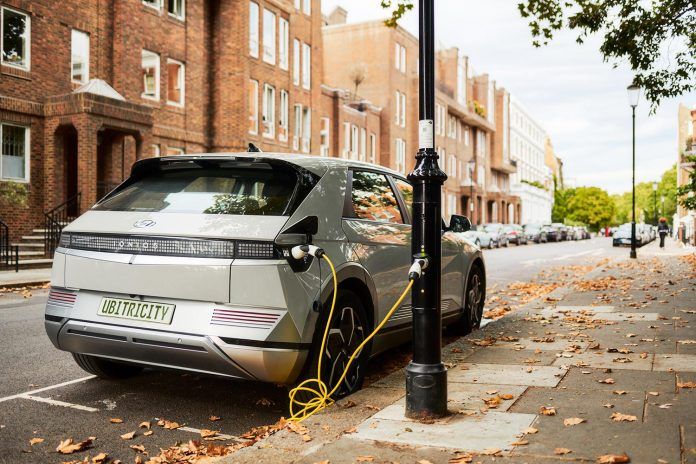
10. **Public Charging Accessibility: Analyzing Level 2 and DC Fast Charger Availability**The convenience of owning an electric vehicle is inextricably linked to the accessibility and type of public charging infrastructure available. While the network is rapidly expanding, understanding the predominant types of chargers and their distribution is essential for any EV owner. In the U.S., public charging stations primarily consist of 240-volt Level 2 chargers, which are ideal for daily top-ups and destination charging, offering about 14-35 miles of range per hour.
However, for drivers embarking on longer journeys or needing rapid recharges, the availability of Level 3 DC Fast Charging stations is a more critical concern. Currently, only about 16% of public charging stations offer these high-power options, which require a 480-volt connection and can significantly reduce charging times. While Level 1 charging (using a standard 120V household outlet) is the slowest, adding merely 3.5 to 6.5 miles of range per hour, it remains a convenient option for overnight home charging.
Geographical distribution plays a significant role in overall accessibility. States like California are leading the way with the highest number of public charging stations in the U.S., setting a robust standard for EV charging convenience. Other states such as Florida, Texas, and New York are also making considerable strides in prioritizing accessible public charging infrastructure, catering to the burgeoning needs of their EV-driving populations. For all drivers, utilizing smartphone apps has become an indispensable tool for locating available charging stations and initiating sessions effortlessly.
Recognizing the crucial need for faster charging options, networks such as Electrify America and General Motors are actively engaged in expanding the deployment of Level 3 DC Fast Charging units. This concerted effort is vital for enhancing accessibility, particularly along major highway corridors and in underserved areas. As this infrastructure continues to grow, it will play a pivotal role in easing range anxiety and facilitating longer-distance electric travel, making the EV experience smoother and more practical for everyone.
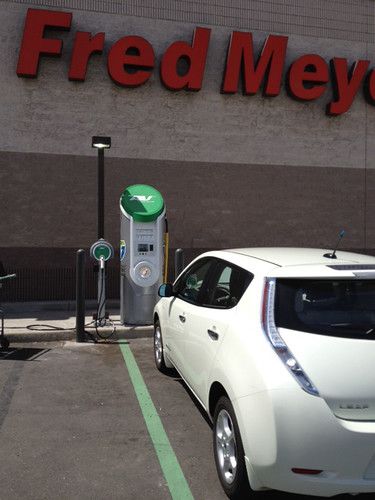
11. **Beyond the Plug: User Experience Impact Assessment**While technical specifications like charging speed and network coverage are undoubtedly important, a truly smooth EV charging experience is also profoundly shaped by the “user experience” at the station. This encompasses a range of qualitative factors that can significantly influence a driver’s satisfaction and convenience, extending far beyond the simple act of plugging in the vehicle. Critical considerations include waiting times, the availability of amenities, the reliability of the stations, and even ambient noise levels.
Long waiting times at public charging stations, especially DC fast chargers, can quickly negate the benefits of rapid charging, leading to considerable frustration for drivers. During peak hours, crowded stations can turn a quick stop into an extended and inconvenient delay. This highlights the importance of real-time availability features in charging apps, allowing users to plan their stops more effectively and avoid unnecessary waits. The reliability of the charging equipment itself is paramount; encountering an out-of-order charger when range is low is arguably one of the most significant deterrents to a positive EV experience.
The presence of amenities at charging locations also plays a substantial role in enhancing the overall user experience. Being able to access restrooms, grab a coffee, or find a comfortable waiting area during a 20-30 minute fast-charging session can transform a mundane wait into a productive or relaxing break. Conversely, a lack of such facilities can amplify feelings of inconvenience. Additionally, the noise levels at a charging station, whether from the chargers themselves or the surrounding environment, contribute to the comfort and satisfaction of the user.
Furthermore, stations that offer a variety of charge levels—including Level 1, Level 2, and Level 3 options—provide greater flexibility and convenience, catering to different charging needs and timelines. Seamless features like Plug&Charge functionality, which automatically authenticates and initiates payment, streamline the process, eliminating the fumbling with apps or payment cards and minimizing friction. By prioritizing these user-centric elements, charging network providers can significantly elevate the overall EV ownership experience, ensuring that every interaction is as smooth and hassle-free as possible.
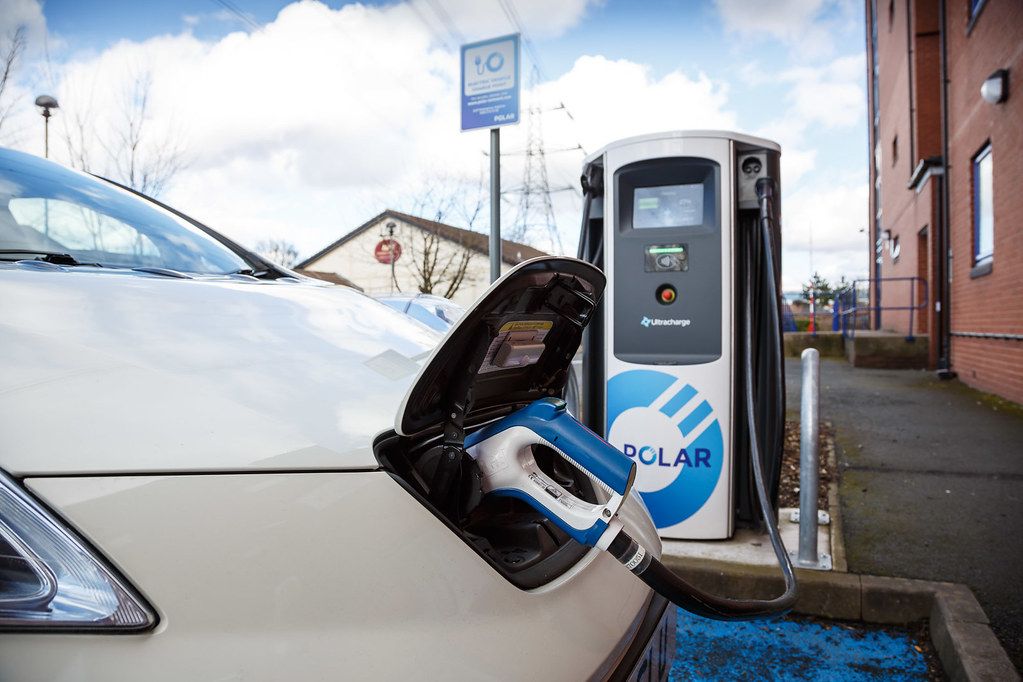
12. **Optimizing Your Charging Journey: Practical Strategies for Efficiency**Achieving the smoothest possible electric vehicle charging experience isn’t solely dependent on advanced infrastructure or fast-charging vehicles; it also heavily relies on informed practices and strategic planning by the EV owner. One effective strategy is to “precondition your battery” before arriving at a DC fast charger. Many modern EVs can automatically or manually warm (or cool) the battery to its optimal temperature for accepting a high charge rate, significantly speeding up the charging process.
Another crucial tip is to avoid routinely charging above 80% State of Charge (SoC) at public fast chargers. While it might seem counterintuitive, charging rates typically slow down considerably once the battery reaches this threshold. Continuing to charge past 80% not only offers diminishing returns in terms of speed but also occupies the station for longer than necessary, potentially inconveniencing other drivers. Moreover, consistently charging to 100% can contribute to faster battery degradation over the long term, so it’s often best to unplug and continue your journey at 80%.
Selecting trusted charging networks is equally important for a reliable and hassle-free experience. Networks known for their consistent performance, such as Tesla Superchargers (for NACS-compatible vehicles), Electrify America, and reputable Level 2 providers like ChargePoint, tend to minimize the frustration of encountering broken or slow chargers. Always make it a habit to check the real-time status and availability of a station via its dedicated app before committing to a stop, especially on crucial journeys.
For the most economical charging, home charging remains the superior option, particularly when utilizing off-peak electricity rates offered by many utility providers. Charging your EV at home is generally cheaper than using public stations, providing better cost control and potential long-term savings. Installing a Level 2 home charger further enhances this convenience, offering faster speeds than a standard outlet and ensuring your vehicle is ready with a full battery each morning for daily commutes.
Ultimately, a proactive and informed approach to charging can transform the EV ownership experience. By combining the convenience and cost-effectiveness of home charging with strategic utilization of reliable public fast-charging infrastructure, drivers can minimize downtime, optimize expenses, and embark on their electric journeys with unwavering confidence. The smoothest charging experience is a blend of advanced technology and smart driver habits, empowering you to truly appreciate the journey as much as the destination.
An ending paragraph of the article.
As the electric vehicle landscape continues to evolve at a breathtaking pace, the journey towards a truly seamless charging experience is an ongoing one. From the pioneering efforts of networks like Tesla to the rapid innovations in vehicle architecture from Hyundai and Kia, the industry is constantly striving for faster, more reliable, and more accessible charging. By understanding the intricate metrics, recognizing the importance of user experience, and adopting smart charging strategies, EV drivers can confidently navigate this electrifying future. Choosing the right vehicle and knowing your charging options empowers you to make every mile an enjoyable one, proving that the smoothest EV charging experience isn’t just a dream – it’s an attainable reality for informed drivers.



